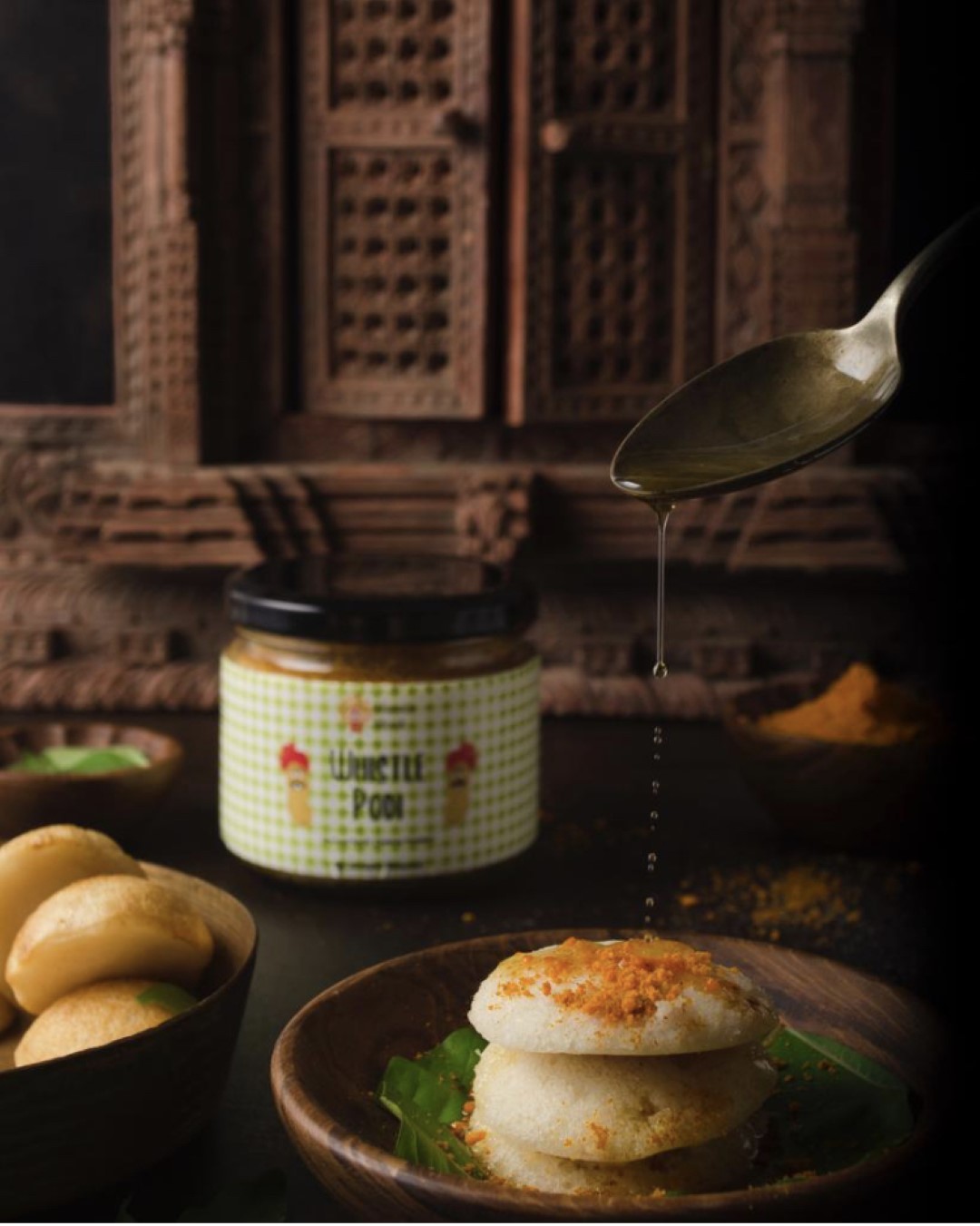
Greetings, food enthusiasts! 🥘🍴🍽️👨🍳
Today, we’re embarking on a culinary adventure to the vibrant and diverse world of South Indian cuisine. We’re going to explore the art of making some of the region’s most beloved dishes, including Dosas, Idli, and more. Our guide on this journey is none other than Vijay Kumar, the executive chef and partner at Semma in New York City.
This exploration is inspired by a fantastic video from Bon Appétit, titled “How an Indian Master Chef Makes Dosas, Idli & More | Handcrafted | Bon Appétit”. The video has garnered over 2.4 million views, a testament to the global love for Indian cuisine and the skill and passion of Chef Vijay Kumar. 🎥🍛
Meet the Maestro: Chef Vijay Kumar 👨🍳
Vijay Kumar is a culinary virtuoso who has dedicated his career to showcasing the authentic flavors of South India on the global stage. As the executive chef and partner at Semma, a celebrated South Indian restaurant in New York City, he has been instrumental in introducing the diverse and rich culinary traditions of South India to a wider audience.
His mission goes beyond serving delicious food. He aims to challenge the common perception of Indian cuisine being limited to dishes like chicken tikka masala and butter naan. Through his work, he brings to the fore the culinary treasures of South India, a region known for its unique flavors, diverse ingredients, and intricate cooking techniques. 🌍🍛
The Art and Science of South Indian Cuisine 🍽️
In the video, Chef Vijay takes viewers on a culinary journey, demonstrating the equipment, ingredients, and techniques that are integral to South Indian cooking. He showcases the creation of five rice and lentil-based dishes that are staples in South Indian households: Gunpowder Dosa, Uttappam, Idli, Paniyaram, and Idiyappam. 🍚🌶️
Each of these dishes is a testament to the culinary heritage of South India, reflecting the region’s agricultural abundance, historical influences, and cultural diversity. They are made from simple, locally sourced ingredients, yet their preparation involves a blend of science and art, precision and intuition, tradition and innovation.
Gunpowder Dosa 🍛
The journey begins with the Gunpowder Dosa, a thin, crispy crepe made from a fermented batter of rice and lentils. It’s served with a spicy ‘gunpowder’ mix and a flavorful potato masala. The dosa is a staple in South Indian cuisine, enjoyed hot and crispy, straight off the tawa (iron griddle). The ‘gunpowder’ mix, made from a blend of lentils and spices, adds a fiery kick to the dosa, making it a favorite among spice lovers.
Uttappam 🥞
Next up is the Uttappam, a thick, fluffy pancake also made from the fermented rice and lentil batter. It’s traditionally topped with a variety of fresh vegetables, including onions, tomatoes, chilies, and cilantro. The Uttappam is cooked evenly on both sides until it achieves a beautiful golden color. It’s a versatile dish that can be enjoyed for breakfast, lunch, or dinner, served with a side of sambar (lentil soup) and chutneys.
Idli🍚
The Idli, a steamed rice cake, is another popular dish in South India. It’s made from a different type of rice known as Idli rice, along with lentils and fenugreek seeds. The batter is fermented and then steamed in special Idli molds to create soft, fluffy cakes. The Idli is known for its mild flavor and soft texture, making it a perfect canvas for the flavorful sambar and chutneys it’s typically served with.
Paniyaram 🍘
Paniyaram is a popular South Indian snack or breakfast item made from either Idli batter or Dosa batter. It’s cooked in a special pan called a ‘paniyaram chatty’, which gives it a unique round shape. Chef Vijay shares his mother’s recipe in the video, revealing the love and nostalgia associated with this dish. The Paniyaram is served with a spicy coconut chutney, making it a delightful treat for the taste buds.
Idiyappam 🍝
Finally, there’s the Idiyappam, also known as string hopper. It’s essentially rice noodles served with a variety of gravies. The Idiyappam is made from a dough of rice flour, coconut milk, water, and salt, which is then pressed into noodles and steamed. This dish showcases the versatility of rice, a staple grain in South India, and the innovative ways in which it’s used in the region’s cuisine.
The Magic of Fermentation and Traditional Cookware 🍛🌶️
One of the key aspects of South Indian cuisine highlighted in the video is the use of fermentation. Fermentation not only adds a unique flavor to the dishes but also enhances their nutritional value. The process breaks down the starches in the rice and lentils, making them easier to digest and increasing the bioavailability of nutrients.
The video also underscores the importance of traditional cookware in South Indian cooking. From the ‘tawa’ (iron griddle) used for making dosas to the ‘paniyaram chatty’ (cast iron pan) used for making paniyaram, each piece of equipment contributes to the unique texture and flavor of the dishes.
Join the Foodie Community 🍽️👩🍳
If this exploration of South Indian cuisine has whetted your appetite for more, we invite you to join our Facebook community at Eatlo. It’s a space for food enthusiasts to share their love for all things culinary. From sharing recipes to discussing food trends, it’s a vibrant community for everyone who loves to eat and cook. 🍴👩🍳
Wrapping Up 🎬
The video by Bon Appétit is a treasure trove of culinary knowledge and inspiration. Chef Vijay’s expertise and passion shine through as he meticulously prepares each dish, explaining the nuances of South Indian cooking along the way. So, if you’re looking to expand your culinary horizons, be sure to check out the video and give these recipes a try. And remember, the best way to enjoy these dishes is when they’re hot and fresh, just like they’re served at Semma. 🍽️🔥









